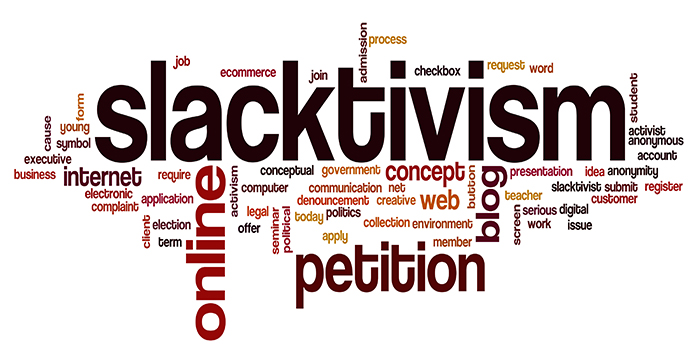The often-confused sect of activists on Instagram, along with other fair-weather friends of social justice, have recently gotten ahold of yet another provocative storyline. The story and the response it elicited are akin to what critics have dubbed ‘slacktivism,’ or the hasty attachment of social media users to causes without being properly informed about or committed to them.
Frequenters of the app are likely to have seen the headline “Black Female Prisoners Are Sterilized To Cut Welfare Costs in California” making the rounds on their friends’ ‘stories,’ a feature which, borrowed from Snapchat, promotes Instagram posts for a 24-hour period before fading away. The post getting attention claims that California prison doctors have sterilized the wombs of over 150 Black women between 1997 and 2010, a statistic that has incited concern and outrage from social media users. Attentive readers will notice, however, that the statistic itself betrays the active voice used in the headline. Noteworthy too is that no part of the post mentions the 2014 bill signed by former California Governor Jerry Brown that banned nonconsensual sterilizations in the state’s prisons or the two later bills aimed at compensating the living victims.
While it is true that the U.S. government has a long history of coercing minority women into these procedures, the urgency that the post affords the issue is largely embellished. Clickbait titles and short-form articles of this nature have become commonplace in the age of social media activism. One must ask why such a story would surface now and not during more relevant stages of the problem, or why it would omit the steps taken by the California government to right its wrongs. The fact of the matter is that social media activists have made a trend of passing these stories about in place of legitimately organizing against the issues they decry. Many of them evidently value the collection of likes and shares over the prospect of real and informed activism meant to effect social change.
A primary example is social media’s short-lived infatuation with the political protests in Sudan earlier this year. Users across myriad social media platforms changed their profile pictures to a blank steel-blue color to stand in solidarity with the protesters. This trend began when 26-year-old Mohamed Hashim Mattar, the original possessor of the steel-blue avatar, was killed by Sudanese officials. Legitimate concern quickly devolved into flurries of misinformation and quid-pro-quo exploitation when Instagram user @SudanMealProject falsely promised to send one meal to “starving Sudanese children” for every time his post was shared. In reality, Sudan had not experienced famine conditions since the early 2000s. This did not stop tens of copycat accounts from exploiting the Sudanese crisis through similar methods.
On the surface, the internet’s solidarity with the protesters constituted a passionate display of support for the brave Sudanese men and women that risked their lives in the pursuit of justice. But this same passion is nowhere to be found in the wake of this year’s violent encounters between state officials and protesters in Hong Kong, Chile, Bolivia, India, and Lebanon. There are no profile pictures to be found honoring those dead and dying for political change in these nations. The pick-and-choose, bandwagon activism of the social media generation has put its confusion on full display. One of my closest friends once told me that people are only activists when activism is in season. Those claiming to be activists across social media this year have consistently proven him right.


















Add comment